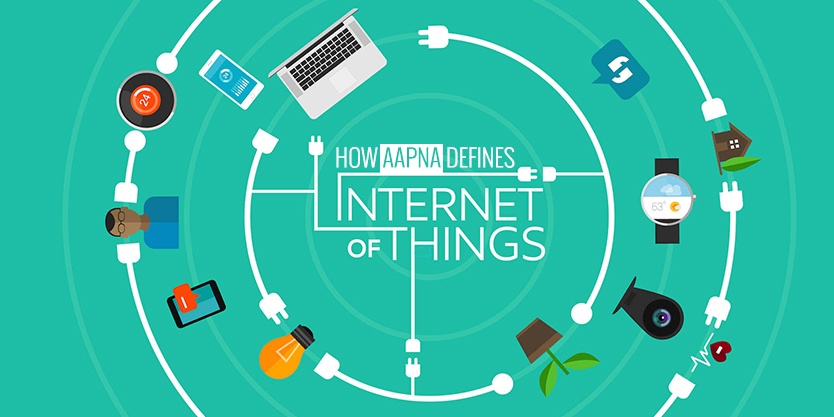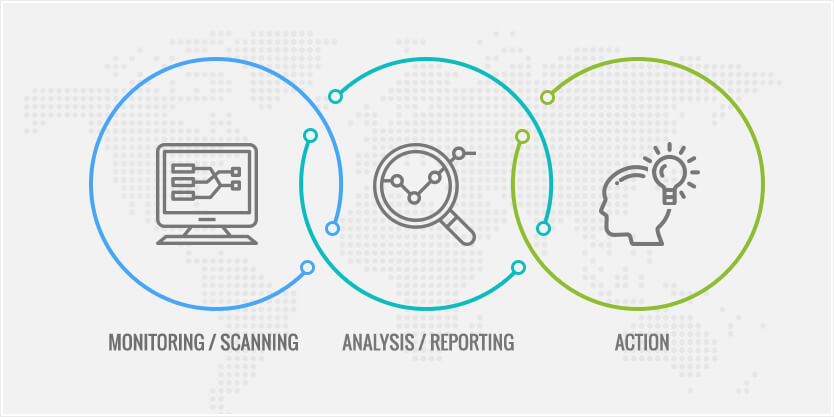What is IoT?
IoT (Internet of Things) is nothing new. It has been there for ages, and is not complex, as many would make you believe. As the name suggests, it is enabling “Things” with the power of Internet. Conceptually, this has always been there, however, enabling “Things” with the internet was cumbersome, and needed proprietary technology. Under the umbrella of “IoT” companies are building platforms, and interfaces, which enable the technologies to be easier to use, and more transparent to each other. In yesterday’s world, the Internet was largely virtual. Today, through IoT, the internet is extending to the real world, and therefore, in theory onto everything that we see in day to day life. The scope is virtually limitless, and thus the whole excitement about IoT. In effect.
Common Application of IoT in Day to Day Things –
When we hear the term “SMART” with reference to things, such as a smart TV, it is an application of IoT. The first set of devices to become smart, were the entertainment devises, and now some of the common applications of IoT, which are commercially available, are in form of household items, such as smart bulbs, fans, switches, smart locks etc. One of the most widely bought devices is Nest, which is a temperature control device. – Not only does it allow you to control the temperature of the house through your mobile application, but it also automatically, regulates the temperature in rooms based on common usage, occupancy, etc. A new area is “SMART” fridge, etc..etc…as stated earlier, the scope is limitless. There is also significant progress in “Industrial IoT:, and people are finding new applications, in every area of industry.
Parts of an IoT solution?
Again, it’s quite simple. There are fundamentally THREE areas of IoT –
- Monitoring / scanning – A significant part of IoT is to gather data. This is done through variety of sensors, such as motion sensor, temperature guage, humidity etc. The data captured by these sensors is fed back to a central system, for further analysis, reporting, and eventually some corresponding action. Thus every IoT solution has to start with identification of the relevant sensors, which can capture the required data.
- Analysis / Reporting – The data captured in stage one, needs to be analysed, and reported to the user. This is where, there is a lot of application of AI (Artificial intelligence), and BI (Business Intelligence), which are both tools for converting raw data, into intelligent information, and then presenting it in an easy to consume format.
- Action – Based on the reported data, user can take a corresponding action. Actions could also be automatically decided by the solution, based on intelligence – aka Artificial Intelligence. For example, a smart bulb could be switched on by a user, through his mobile phone, or through voice control, as well as be automatically switched on based on motion or light in the room. A really “SMART” device would switch on based on it’s knowledge of the pattern of usage – for example, the person typically goes to sleep at around 9, so the AC could switch on 10 minutes before, to cool the room. If the person changes the pattern, and start sleeping early, the AC should be able to change it’s schedule, based n the pattern, rather than being told to do so….
#1 and #3 – are both largely hardware “THING” based solutions, whereas, the #2 is largely software based.
IoT @ AAPNA –
For, people working in the area of “IoT’, or intending to do so, they need to identify a specific area, that they would work in, else one could get lost.
At AAPNA, we have decided to focus on creating solutions in the following areas –[/vc_column_text]
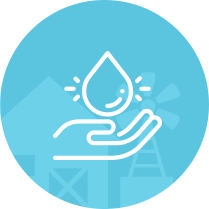
Water Conservation – with a focus on Agricultural Water Conservation.
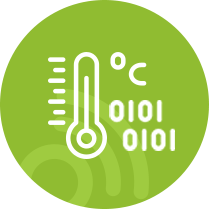
Multi Sensor devices – with a wide range of applications in mind AAPNA is building a multi sensor device (more details in next months article).
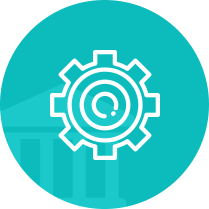
Custom project development – for our clients in the US Mortgage industry.

